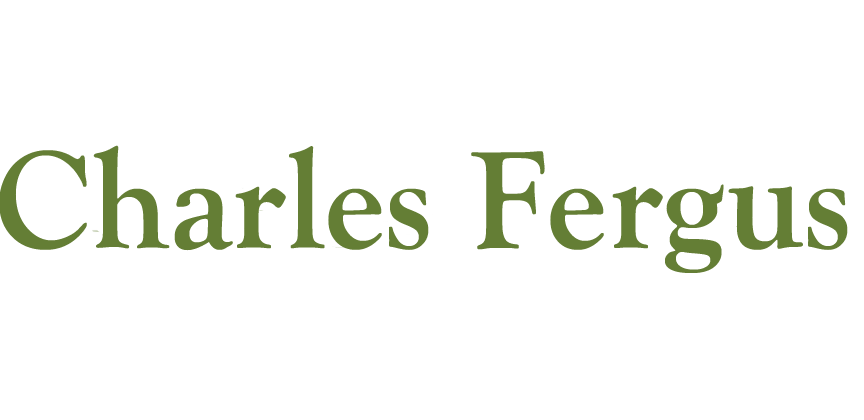Heroes and Grief
/Twenty-six years ago, after my mother was murdered, my mind was a shambles. For months (years, maybe) I could barely concentrate enough to write. I also found it hard to read. Then I chanced upon a review of Patrick O’Brian’s seafaring novels set during the Napoleonic Wars at the turn of the 19th century.
Reading O’Brian’s 20-book series, I sailed off in the company of a valiant British naval officer named Jack Aubrey and his ship’s physician, Stephen Maturin, a complex and equally brave man involved in espionage.
Aubrey and Maturin travel the globe on ships that Aubrey commands. They meet with illness, storms, shipwrecks, the tumult of ship-to-ship warfare and hand-to-hand combat, and human treachery. O’Brian’s vivid prose and his willingness to delve into people’s deepest thoughts and feelings draw you into his stories and let you identify with his characters.
british frigates capture spanish ships in 1804; image courtesy wikimedia commons

